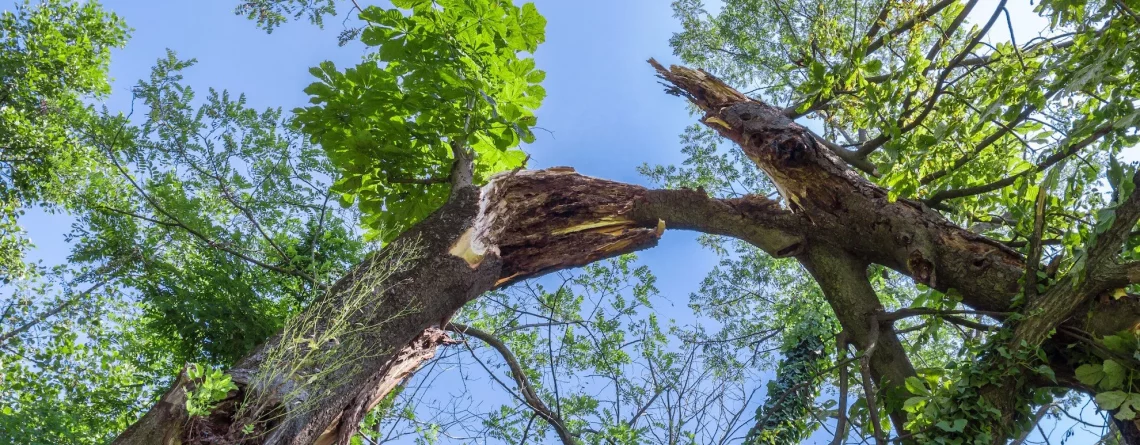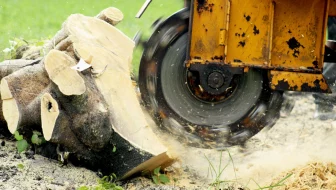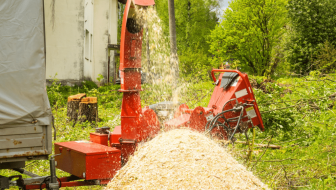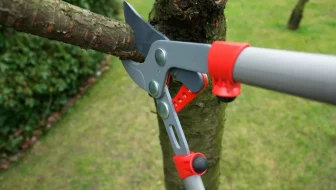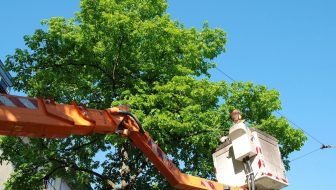Trees can add beauty and value to your property, but they can also pose a danger to your home and family in certain circumstances. In the event of an emergency, such as a severe storm, a fallen tree can cause significant damage to your property and pose a safety hazard. Emergency tree removal is the process of removing a fallen or damaged tree quickly and safely in order to minimize damage and risk of injury. In this post, we’ll take a closer look at emergency tree removal, and how to prepare for potential emergencies.
Why is Emergency Tree Removal Necessary?
There are several reasons why emergency tree removal may be necessary, including:
- Fallen Trees: In the event of a severe storm, high winds or heavy snow, trees may become uprooted or fall, posing a danger to nearby structures and people.
- Damaged Trees: Trees that have been damaged by disease, pests, or accidents may be at risk of falling or causing damage to nearby structures.
- Dangerous Limbs: Tree limbs that have become weakened or damaged may break and fall, posing a safety hazard to people and property.
- Power Outages: Fallen trees and limbs can knock down power lines, causing outages and putting people at risk.
Preparing for Emergency Tree Removal
While it’s impossible to predict when an emergency may occur, there are steps you can take to prepare for potential emergencies. Here are some tips to keep in mind:
- Have an Emergency Plan: Be prepared for the possibility of an emergency by having a plan in place for tree removal and contacting a professional tree service in advance.
- Regular Tree Maintenance: Regularly maintain your trees to minimize the risk of damage from disease, pests, or weather.
- Identify Potential Hazards: Identify trees or limbs that are in danger of falling or causing damage to your property, and have them removed before an emergency occurs.
- Stay Informed: Stay informed of local weather conditions and potential hazards that may impact your trees, and be prepared to take action if necessary.
Choosing a Professional Emergency Tree Removal Service
If an emergency does occur, it’s important to hire a professional tree service to perform emergency tree removal. Emergency tree removal can be dangerous and requires specialized equipment and experience. Professional tree services have the training and experience necessary to quickly and safely remove fallen trees and limbs, and can help to minimize damage to your property.
When choosing a professional tree service for emergency tree removal, it’s important to look for a company that is licensed, insured, and has a good reputation in the community. It’s also a good idea to ask for references and to check online reviews to ensure that the company has a track record of quality work.
Emergency tree removal is an important service that can help to protect your home and family in the event of a fallen or damaged tree. By preparing in advance, and choosing a professional tree service to perform the work, you can minimize the risk of damage and ensure the safety of your property and loved ones. Contact a professional tree service today to learn more about emergency tree removal and how it can benefit you.

